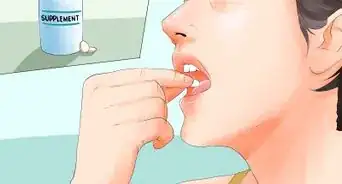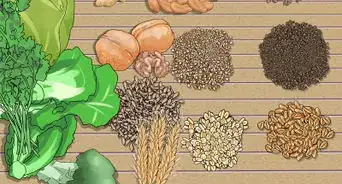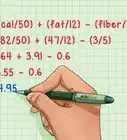This article was co-authored by Tara Coleman. Tara Coleman is a Clinical Nutritionist who has a private practice in San Diego, California. With over 15 years of experience, Tara specializes in sports nutrition, body confidence, and immune system health and offers personalized nutrition, corporate wellness, and online learning courses. She received a BS in Biology from James Madison University and spent six years in the pharmaceutical industry as an analytical chemist before founding her practice. Tara has been featured on NBC, CBS, Fox, ESPN, and Dr. Oz The Good Life as well as in Forbes, Cosmopolitan, Self, and Runner’s World.
There are 9 references cited in this article, which can be found at the bottom of the page.
This article has been viewed 22,881 times.
Many people who are trying to lose weight achieve this goal through a low-calorie diet. Regardless of whether or not you are using a specific type of diet or not (low-carb, low-fat, etc.), you’ll need to reduce your caloric intake and/or burn more calories than you consume in a day in order to successfully lose weight. To stay healthy on your low-calorie diet and not become undernourished, you’ll need to chart how many calories you eat. While on a low-calorie diet, it’s important that you maintain a balance between fats, carbohydrates, and fats.
Steps
Planning Before you Begin Your Low-Calorie Diet
-
1See a doctor before you begin your low-calorie diet. This will allow you to make sure a low-calorie diet is right for you, and to avoid any unwanted health complications. Ask your doctor specifically if you need to be concerned about high cholesterol or high blood pressure, as these may have an effect on how many calories you can safely cut you’re your diet.
-
2Calculate your activity level and daily calorie intake. The key to losing weight on a low-calorie diet is to burn more calories daily than you take in.[1] There are a number of calorie calculators (or websites that describe calculation methods) online. These are useful tools to calculate how many calories you should cut, and will let you take your lifestyle and activity level into account as well.
- Individuals who lead a largely sedentary lifestyle burn relatively few calories during the day compared with more active individuals.
- If you are active during the day (work at a physically strenuous job or exercise frequently), you will need to cut fewer calories from your diet in order to lose weight.
- Alternately, if you are largely sedentary (work at a desk and seldom exercise), you will need to cut more calories from your diet.
Advertisement -
3Cut about 15% – 25% of your daily calorie intake. Figure out how many calories you are currently eating on a daily basis to maintain your current weight — a good rule of thumb is to take your current weight (in pounds) and multiply that by 12.[2] For example, a 180-pound person will need to eat about 2,160 calories a day (180 x 12 = 2,160) to maintain a weight. To begin your low-calorie diet, cut 15% of those calories.
- So, if the 180-pound person is active and eating 2,160 calories a day, then they would cut out 324 calories from their daily intake, or 15% of 2,160.
- If you lead a sedentary lifestyle, plan to cut closer to 25% of your daily caloric intake. The same person, if they are sedentary, would cut out 540 calories from their daily intake, or 25% of 2,160.
- It’s important to cut the right amount of calories, but it’s just as important to eat a wide variety of whole, nutritionally dense foods. Eating a low-calorie diet of processed, unhealthy foods will lead to poor nutrition and hunger, making it hard to continue on the diet.
Keeping the Calories Out of Your Diet
-
1Calculate the caloric intake in the food you eat. This is relatively easy when you eat packaged food, since you can simply read the label. When you cook your own meals, estimating calories can be more complicated, although you still need to determine the calories you eat with every meal.
- Check the labels on each individual ingredient you use, and use that to roughly calculate the calories in a meal. You will need to keep track of the amount of each ingredient you use, and then total the number of calories.
-
2Keep a food diary. Cutting calories takes daily dedication and planning, and a good way to do this is by physically journaling each day. Your diet will be more successful if you keep track of your daily calorie intake.[3]
- You’ll also be able to identify spots in your diet where you can cut further. For example, if you have a tendency to have a large dessert after dinner, or to have a calorie-heavy brunch on weekends, your food diary can help you identify and correct those trends.
- Use a food tracker app on your smartphone, like MyFitnessPal, or a pen and paper journal.
-
3Re-evaluate as time goes by. Just because you’ve chosen to cut 15% of your daily calories doesn’t mean you’re locked into this plan permanently. Keep an eye on your weight loss (assuming that you want to lose a certain number of pounds while on a low-calorie diet), and adjust your diet accordingly.[4]
- If you’re losing weight too slowly, consider cutting an extra 5% of your calorie intake.
- If you’re losing weight more quickly than anticipated, constantly hungry, or having difficulty maintaining the low-calorie diet, consider adding back 5% of your calorie intake.
-
4Increase your daily exercise if possible. Exercising is a crucial part of weight loss, and should be paired with your low-calorie diet, especially if you have a sedentary lifestyle.[5]
- To burn large numbers of calories, focus on aerobic exercises. Jogging or running and rowing are effective, as they raise your heart rate and circulation.
- If you’re substantially reducing your calorie intake, you will have less energy to expend on exercise. Stop exercising immediately if you begin to feel light headed or nauseous.
Eating on Your Low-Calorie Diet
-
1Eat healthy, filling foods. It’s important to eat nutritionally dense, whole foods while on a low-calorie diet. These types of foods help you feel fuller longer, compared to highly processed foods like chips, cookies, etc.
- For example, instead of a sugary cereal for breakfast, have a bowl of oatmeal.
- Grains such as brown or black rice are flavorful and provide great fiber.
-
2Incorporate vegetables into your diet. Vegetables are low in fat, often high in protein, and contain very few calories compared to proteins and carbs. Some vegetables, like broccoli, asparagus, celery, and cauliflower, actually burn more calories when your body digests them than they contain in the first place.[6]
- Eating vegetables will make it easier to consume fewer calories in day, but still feel full at the same time.
-
3Decrease unhealthy fats. Decrease the amount of unhealthy fats (saturated and trans fats) you eat. Instead of saturated fats, choose unsaturated fats. Unhealthy fats are found in baked goods (look for the word "hydrogenated" on the label), in fatty meats, and in fried foods.[7]
- Only 20 – 35% of your daily caloric intake should come from fats.[8] It is important to note that fats are still an important part of your diet and should not be completely eliminated.
- Unsaturated fats include olives, nuts, and seeds, and oils made from these foods (such as olive oil).
- To decrease sugar intake, drink water, flavored water, or tea instead of soda.
- Since much of the flavor in fatty foods comes from the fat itself, cutting back on fat consumption can reduce the amount of flavor you eat. To counter this, especially if you’re cooking your own meals, try adding more spices for flavor.
- While it’s fine to eat dairy and drink milk on a low-calorie diet, try to find low-fat dairy products.
-
4Eat whole grains and fruits. These complex carbohydrates will provide plenty of nutrition and energy, will keep you full in between meals, and are low in fat. Plan for carbohydrates to constitute 45 – 65% of your low-calorie diet.[9]
- Complex carbohydrates often go well in soup. For example, a soup with brown rice and non-starchy vegetables will be high in complex carbs and low in fat.
- Water-dense foods like fruits, vegetables and soups are an excellent choice for those wanting to consume less calories, but still feel satisfied. The water in these types of foods helps fill you up without the added calories.
- Try eating a broth-based (and not cream-based) soup before your dinner so you fill up on the soup before you start eating the calorie dense main dish.
-
5Complete your diet with low-fat proteins. Instead of eating fatty red meats, focus on low-fat meats like poultry and fish.[10] Protein provides much of your energy during the day. Eating fatty meats will increase your unhealthy fat intake, so limit fatty meats like bacon, sausage and 80/20 ground beef. Always trim off any visible fat.
Warnings
- Keep in mind that if you lower your caloric intake too much you could risk a host of complications like muscle loss, and lowering your metabolism.⧼thumbs_response⧽
- Be realistic with the amount of weight you expect to lose. Losing ten pounds in a week, while possible for those who are obese, is very unlikely and can even be unhealthy.⧼thumbs_response⧽
References
- ↑ http://www.nhs.uk/Livewell/loseweight/Pages/very-low-calorie-diets.aspx
- ↑ http://www.eatingwell.com/nutrition_health/weight_loss_diet_plans/what_does_a_1500_calorie_day_look_like
- ↑ https://familydoctor.org/nutrition-keeping-a-food-diary/
- ↑ https://www.helpguide.org/articles/diets/how-to-lose-weight-and-keep-it-off.htm
- ↑ https://www.cdc.gov/healthyweight/physical_activity/index.html
- ↑ https://www.choosemyplate.gov/eathealthy/vegetables/vegetables-nutrients-health
- ↑ https://www.helpguide.org/articles/healthy-eating/choosing-healthy-fats.htm
- ↑ http://www.webmd.com/diet/obesity/tc/weight-loss-by-limiting-calories-topic-overview#1
- ↑ https://www.mayoclinic.org/healthy-lifestyle/nutrition-and-healthy-eating/in-depth/whole-grains/art-20047826
- ↑ http://www.webmd.com/diet/obesity/tc/weight-loss-by-limiting-calories-topic-overview#1
- ↑ http://www.webmd.com/diet/obesity/tc/weight-loss-by-limiting-calories-topic-overview#1
- ↑ http://www.webmd.com/diet/obesity/tc/weight-loss-by-limiting-calories-topic-overview#1
- ↑ http://www.webmd.com/diet/obesity/tc/weight-loss-by-limiting-calories-topic-overview#1
- ↑ http://www.webmd.com/diet/obesity/tc/weight-loss-by-limiting-calories-topic-overview#1
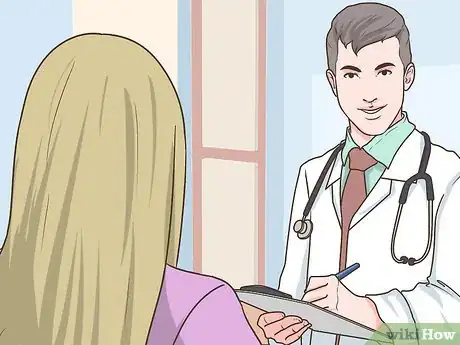
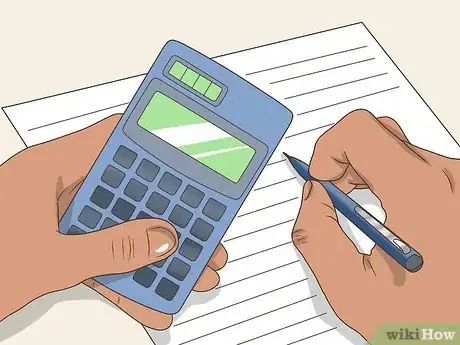
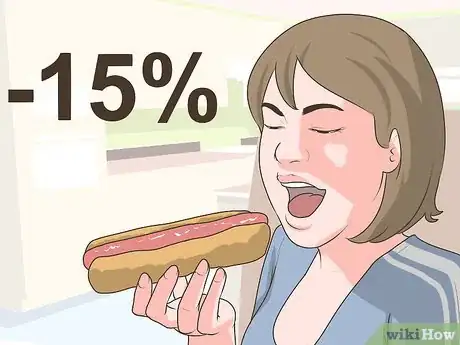
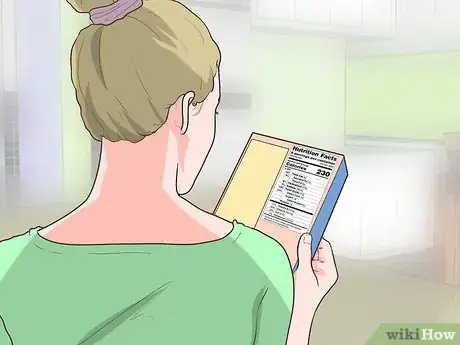
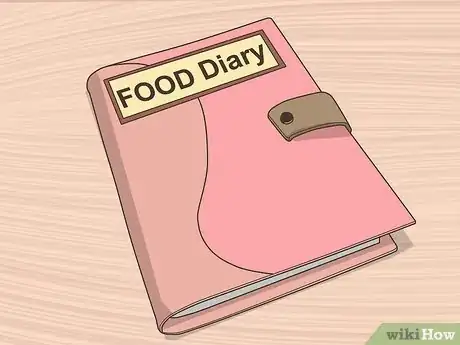
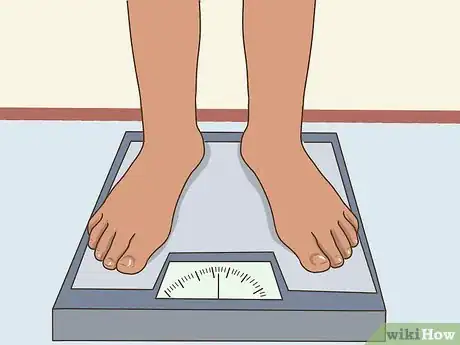

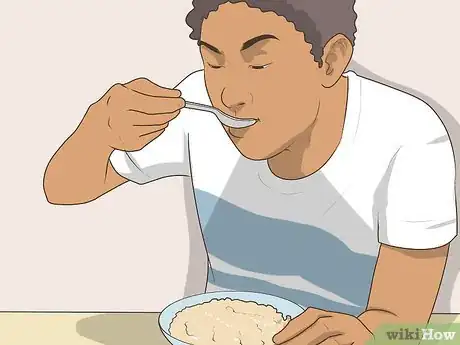
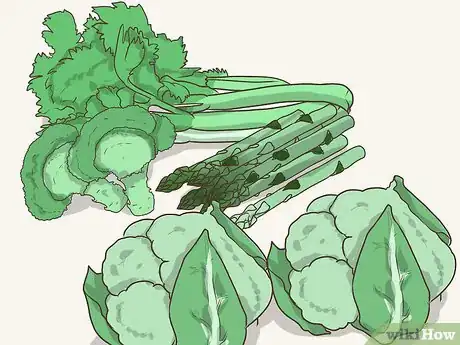

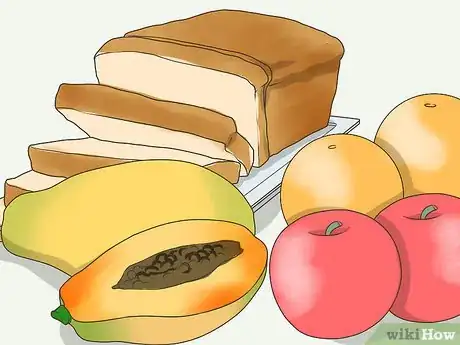
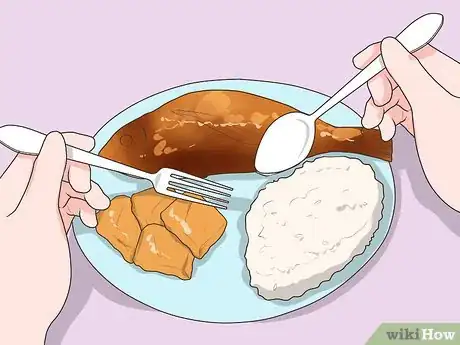



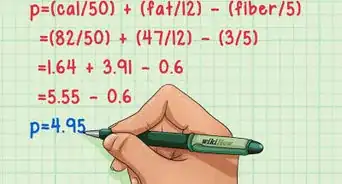


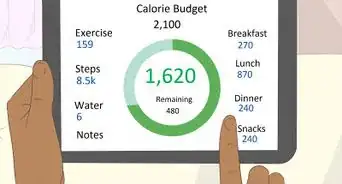
-Plan-to-Do-Step-17.webp)

